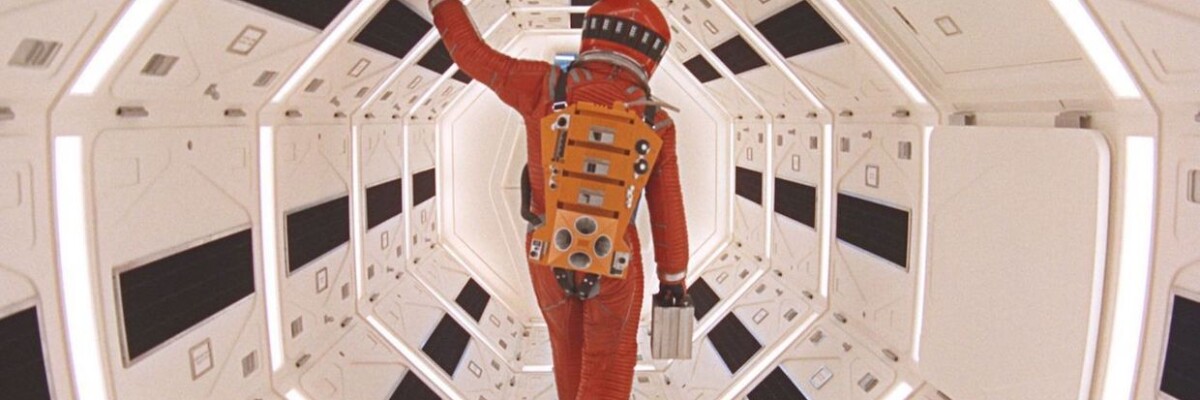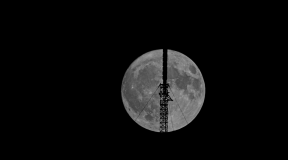On 1 December, NHK TV Company launched the first super-high definition 8k television channel. The new broadcasting format which the company named Super Hi-Vision supports 7680×4320 pixels resolution, the speed...
On 1 December, NHK TV Company launched the first super-high definition 8k television channel. The new broadcasting format which the company named Super Hi-Vision supports 7680×4320 pixels resolution, the speed up to 120 frames/sec. and 22.2 channels sound. The maximum bandwidth is 6600 Mbit/sec.
Earlier, the company did only 8K trial broadcasting timed to some events.
The first programme on the new BS8K started with a review of the future shows and a direct broadcast from Italy featuring its cultural sites, history and cuisine. For the time being, the programmes will be broadcast about 12 hours per day.
NHK selected Stanley Kubrik’s 2001: A Space Odyssey for its launch night. In order to enable the viewers to enjoy a masterpiece of world film industry, the company had asked Warner Brothers to scan the original negatives of the 1968 film for its 8k resolution channel.
In the pre-digital age, most professional films were shot on 35mm film. Stanley Kubrik shot 2001: A Space Odyssey on 65mm film, which was the highest resolution available at the time.
In March, the channel will broadcast My Fair Lady released in 1964 which was also shot on 65mm film.
So far, the new TV format is accessible to a limited number of viewers in Tokyo. To view broadcasts, an expensive 8K-compatible satellite receiver is required and a TV supporting such format.
The prices for 8K TVs start at several thousand dollars and 4 HDMI cables are needed to transmit the video signal with another one for sound transmission.
NHK will continue to improve the technology to make it more accessible. In 2020, the company will broadcast on the new channel the Olympics and the Paralympics to be held in Tokyo.
Share this with your friends!






Be the first to comment
Please log in to comment